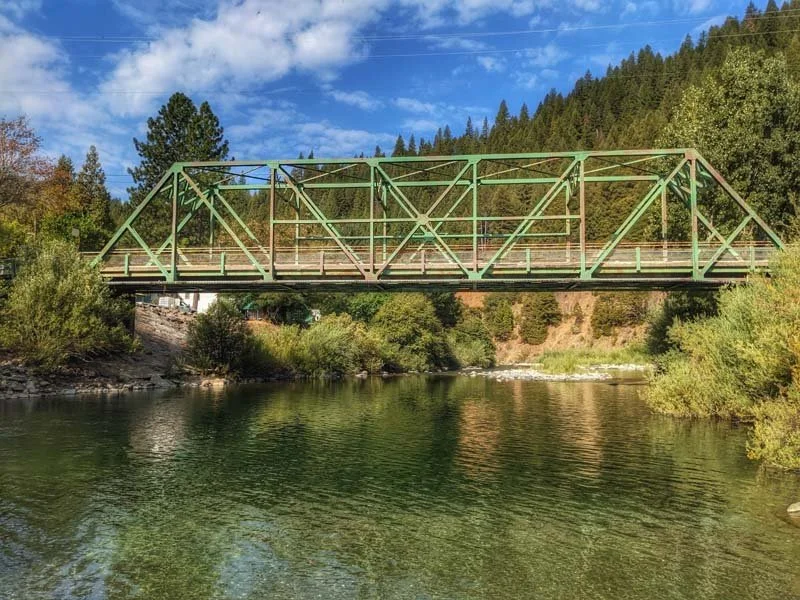Downieville, California
Downieville is a historic Gold Rush town nestled in the Sierra Nevada mountains at the confluence of the Downie and North Yuba rivers. While its population has dwindled since its gold-fueled heyday, it has become a popular destination for outdoor recreation, particularly mountain biking
History
Gold Rush origin: Founded in 1849 and originally called "The Forks," Downieville was named after prospector Major William Downie, who discovered gold in the area. By 1850, the town's population had soared to over 5,000.
County seat: As the surrounding area grew, Downieville became the county seat for Sierra County in 1852, a role it still holds today.
Failed capital bid: In 1852, the town lost its bid to become the capital of California to Sacramento by only 10 votes.
Living history: Despite a decline in mining, Downieville survived as a supply center for the region and remains one of the most authentically preserved Gold Rush towns in California.
Outdoor recreation
Downieville is a year-round outdoor destination, with activities available in every season.
Mountain biking: It is a renowned "mountain biking mecca" with world-class trails, including the famous Downieville Downhill. Each year, the town hosts the Downieville Classic, a multi-day festival and mountain bike race.
River activities: The North Yuba River offers opportunities for whitewater rafting, kayaking, fishing for trout, and swimming in clear mountain waters.
Hiking: The town is a base camp for exploring the trails of the surrounding Tahoe National Forest.
Winter sports: During the winter months, visitors can enjoy snowshoeing, cross-country skiing, and snowmobiling.
Points of interest
Historic downtown: Downieville's Main Street features wooden boardwalks, historic buildings, quaint shops, restaurants, and inns.
Downieville Museum: Housed in an 1852 stone building, the museum showcases local artifacts and exhibits detailing the town's history.
Sierra County Sheriff's Gallows: A gallows near the courthouse is a stark reminder of the area's Gold Rush past.
Natural scenery: The town is celebrated for its natural beauty, from the snowmelt-fed rivers to the fall colors of its dogwood trees
